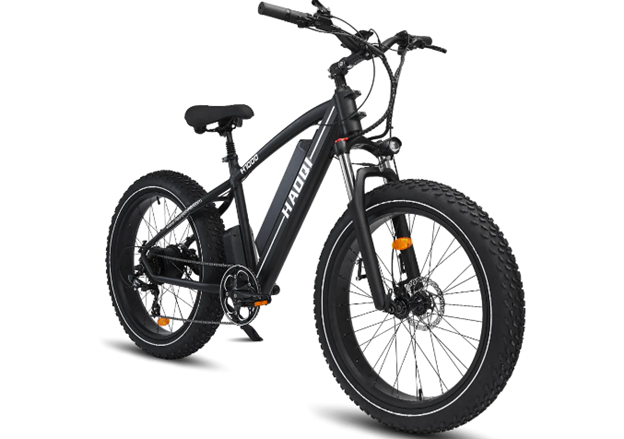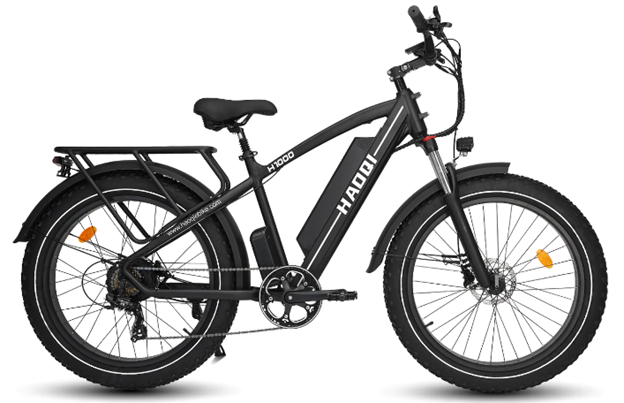A Comprehensive Guide On The Commuter Ebike Legality On Road
Electric commuter bikes are becoming the top choice of riders for commuting. However, one question arises regarding their legality on public roads. Are these motor-assisted bicycles legal to ride alongside traditional vehicles and cyclists? In most cases, the answer is yes, but with important caveats based on location-specific regulations.

Navigating Electric Bikes legality on the road
Electric bikes, or e-bikes, are essentially bicycles equipped with a battery-powered motor that assists with pedaling, making it easier to cover longer distances, climb hills, and commute without excessive physical strain. This distinction is crucial because, despite their motorized assistance, e-bikes are typically classified differently from motorcycles and scooters due to their design, purpose, and operational mechanics. Here are more details regarding the legality of electric bikes on the road.
Legal Classification and Regulations
Globally, the legal framework for e-bikes tends to follow a similar pattern: electric commuter bikes that adhere to specific criteria regarding motor power and maximum speed are generally classified as bicycles. If you are looking for a great speed electric bike then HAOQI Black Leopard Pro Bike has 28 MPH speed.
However, the speed classification allows them to be ridden on roads, bike lanes, and paths designated for cycling. However, the specifics of these criteria can vary significantly from one jurisdiction to another.
Maximum Speed and Motor Power Limits
A common standard in many places is that e-bikes must have a motor power output of no more than 250 to 750 watts and cannot propel the bike faster than 20 to 28 miles per hour (32 to 45 kilometers per hour) on level ground without pedaling. Bikes that exceed these limitations may be classified differently, requiring registration, insurance, and, in some cases, a driving license to operate legally on public roads.
Helmet Use and Age Restrictions
Additionally, some regions mandate helmets while riding an e-bike, and age restrictions may exist. For example, riders may need to be at least 16 years old. Riders need to familiarize themselves with these additional requirements to comply fully with local laws.
Advantages of Riding Electric Bikes
The legal allowance of electric bikes on roads and designated paths is not without good reason. E-bikes offer myriad benefits, including reducing traffic congestion, lowering carbon emissions, and promoting healthier lifestyles through active transportation. Moreover, they provide a practical solution for individuals who may find traditional biking too strenuous or challenging due to fitness levels, health issues, or terrain.
Navigating Local Laws
Given the variations in law from one area to another, potential e-bike riders must investigate their local regulations. This research should cover the basic legality and any specific requirements like helmet use, age restrictions, and whether registration is needed. Local government websites, cycling clubs, and e-bike retailers are valuable information sources.

Future of electric commuter bike
As the popularity of e-bikes continues to climb, laws will likely evolve in ways that further encourage their use while ensuring the safety of all road users. Riders looking to embrace this mode of transportation should stay informed about the legal landscape, contributing to a future where e-bikes flourish as a celebrated component of urban travel.
Conclusion
Electric commuter ebike represent a promising frontier in urban mobility, blending the eco-friendly attributes of bicycles with the convenience of motorized assistance. While riding on roads and cycling paths is generally legal, adherence to local regulations is essential. These regulations, varying widely in detail, aim to ensure safety and harmony on public thoroughfares.


